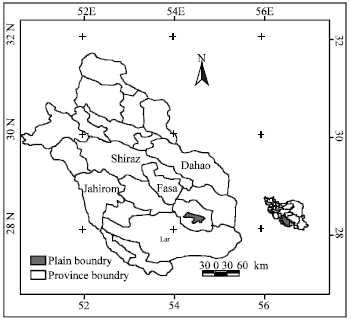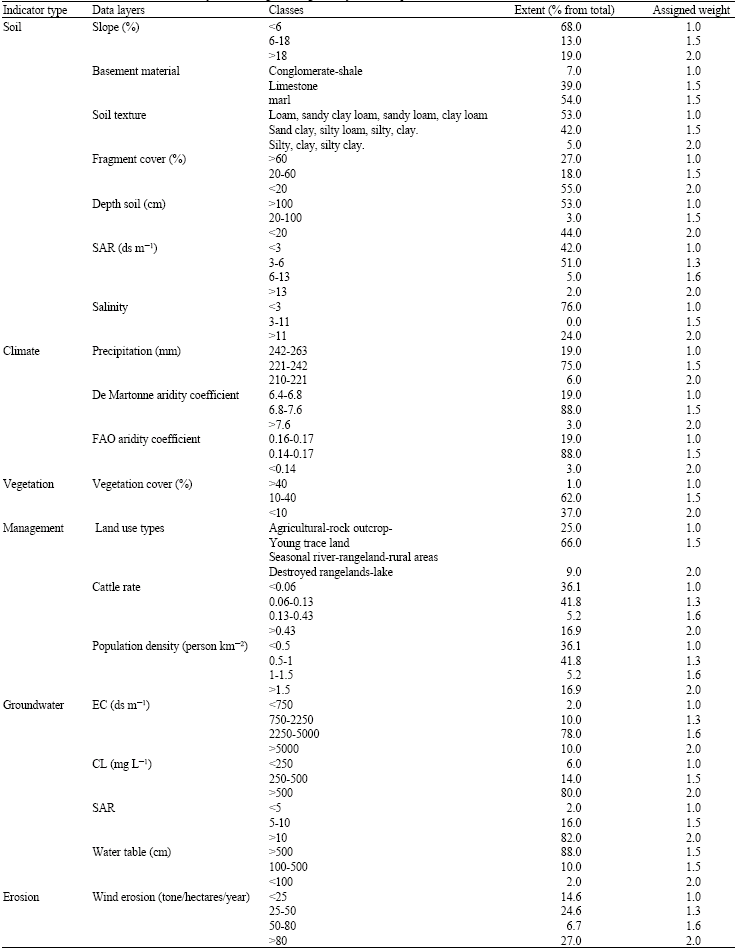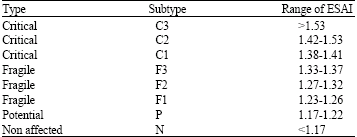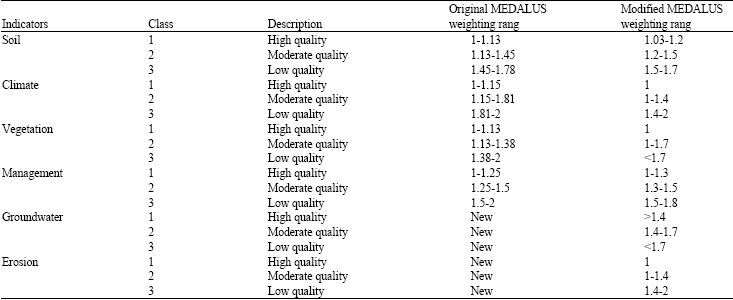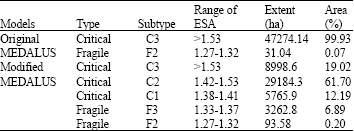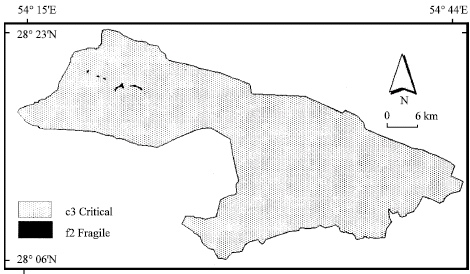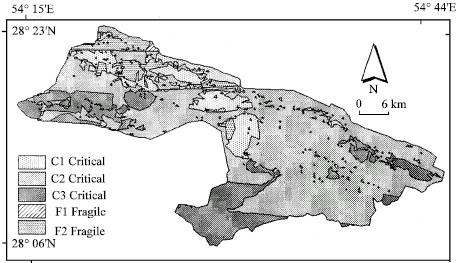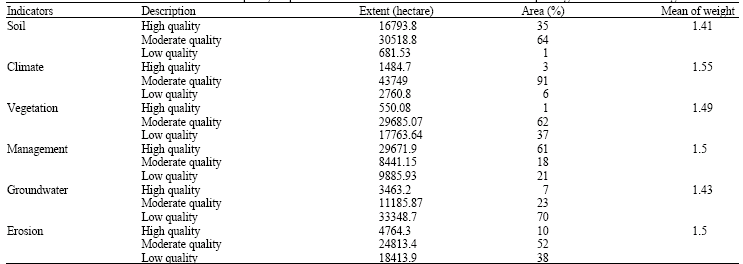Research Article
Evaluation of MEDALUS Model for Desertification Hazard Zonation Using GIS; Study Area: Iyzad Khast Plain, Iran
Department of Remote Sensing and GIS, Tarbiat Modares University, Tehran, Iran
Mahbobeh Nik Egbal
Department of Geography, Tarbiat Modares University, Tehran, Iran









